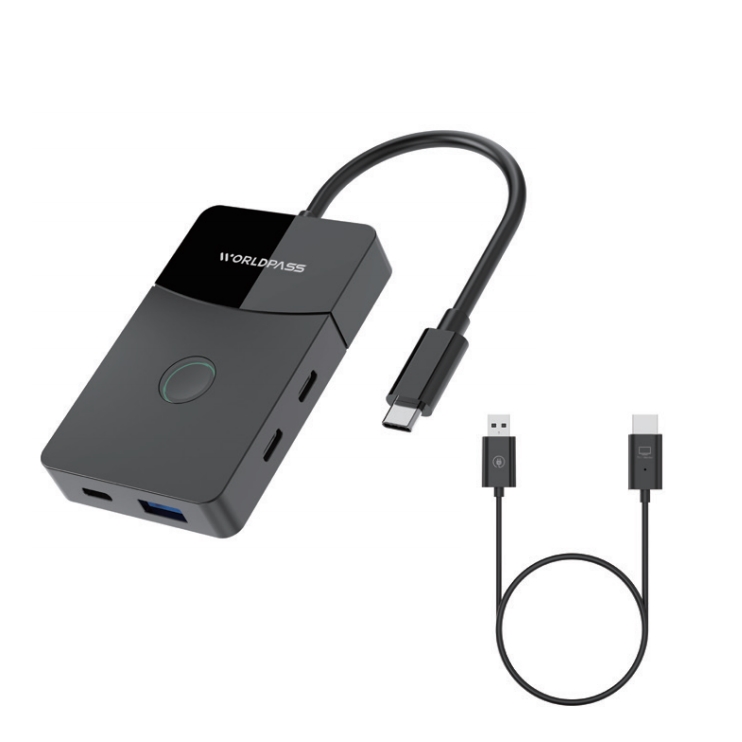The future of connected living depends on seamless integration between devices. As smart homes and IoT systems evolve, the wireless HDMI screen extender plays a key role. It bridges displays and smart devices without cables, enabling real-time communication and flexible layout design.
Enhancing Smart Homes with Wireless Flexibility
Modern homes are packed with smart devices, from security systems to entertainment hubs. However, wired HDMI limits placement and design. A wireless HDMI screen extender removes this barrier. For example, users can stream content from a smart hub to a screen in another room. Moreover, this setup allows TVs and projectors to stay cable-free, creating clean, adaptive spaces. As a result, homeowners gain flexibility in both function and aesthetics.

Seamless Integration with IoT Devices
IoT systems rely on real-time data and display. Whether it's a smart thermostat interface or a visual dashboard, the screen must sync instantly.
With a wireless HDMI screen extender, you reduce latency between IoT control centers and display units. This becomes crucial for applications like:
Live surveillance feeds
Remote video conferencing
Smart appliance status panels
Furthermore, as IoT expands, fewer wires mean easier scalability. Devices can connect without structural rewiring or drilling through walls.
Driving Efficiency Through Centralized Display
In smart homes, efficiency is vital. A wireless HDMI screen extender lets users centralize all device outputs to a single screen.
For instance, you can mirror:
Your smart fridge display to the living room TV
A smart doorbell camera to a wall-mounted screen
A home energy dashboard to a central panel
Therefore, users gain full control at a glance—without switching devices.
This centralized visual strategy also works in small offices or smart apartments, enhancing user experience and energy awareness.
Installation Made Simple
Wireless HDMI systems eliminate complex wiring tasks. Users can install extenders with minimal effort. Most devices pair with a simple plug-and-play process. Besides saving time, this also reduces errors in setup. This convenience aligns perfectly with the plug-and-play nature of many IoT products. Consequently, consumers face fewer tech hurdles while expanding their smart systems.
Future-Proofing Smart Living Spaces
Trends in smart home and IoT tech demand adaptability. A wireless HDMI screen extender supports this by allowing:
Easy relocation of screens
Quick updates to visual setups
Compatibility with evolving HDMI standards
As more homes adopt augmented reality, AI interfaces, and edge computing displays, the wireless link becomes essential. Without it, wired HDMI would constrain innovation.
Conclusion: Building Smarter Homes, Wirelessly
To conclude, a wireless HDMI screen extender is more than a display tool—it’s a core part of the smart home and IoT ecosystem. It empowers flexibility, promotes design freedom, and accelerates device integration.
As consumer demand grows for connected and adaptive living, wireless HDMI offers the infrastructure to support that future. From improved layout design to real-time IoT visuals, this technology will continue to shape the smart homes of tomorrow.



